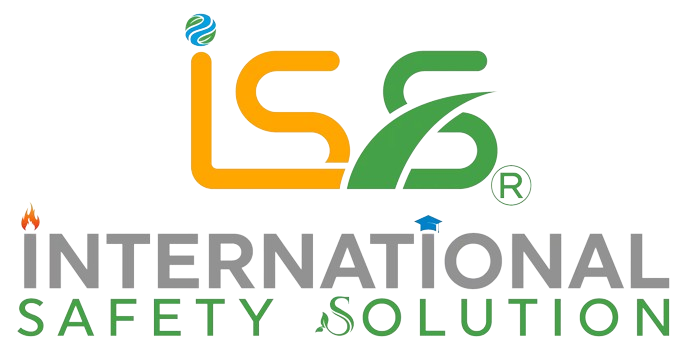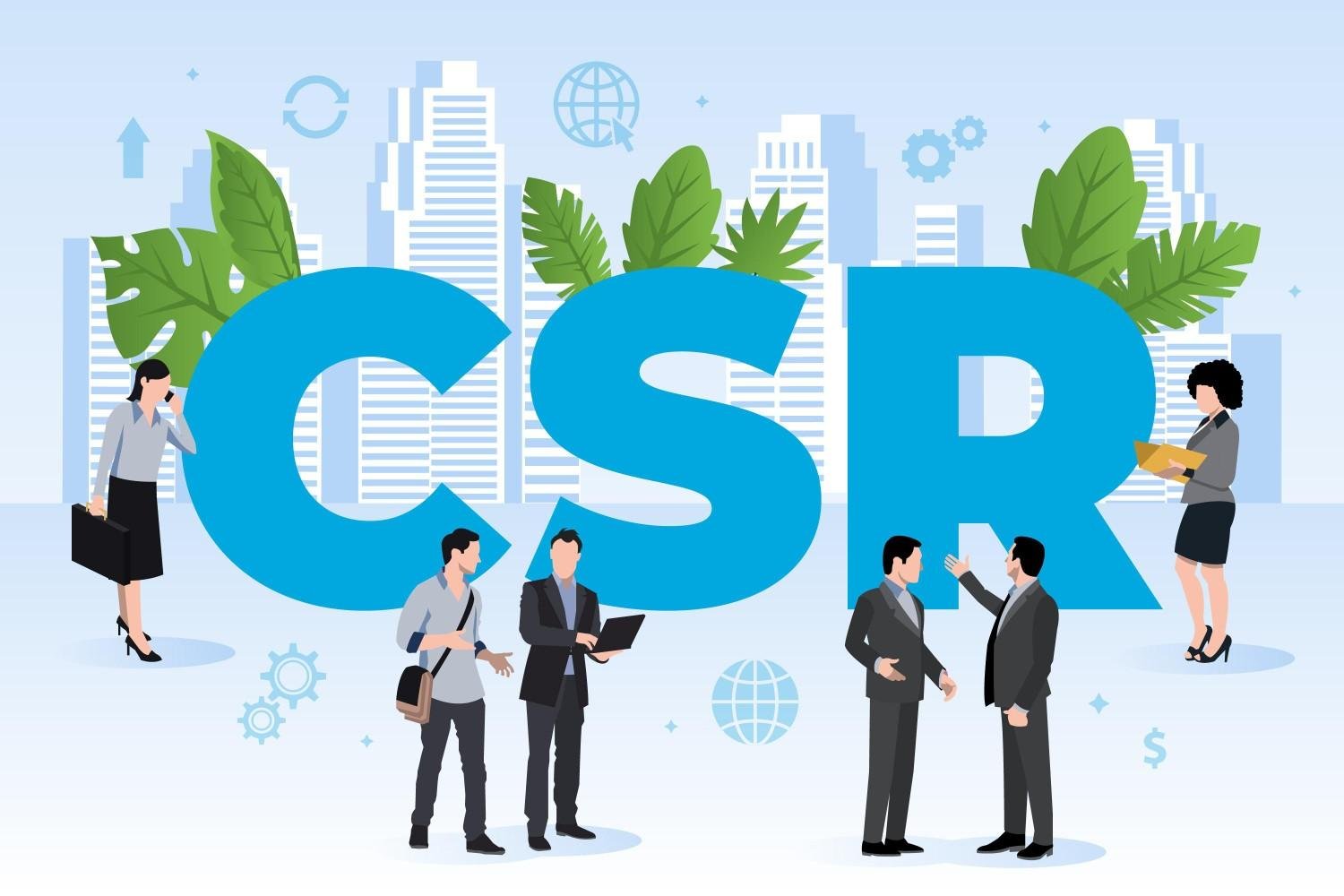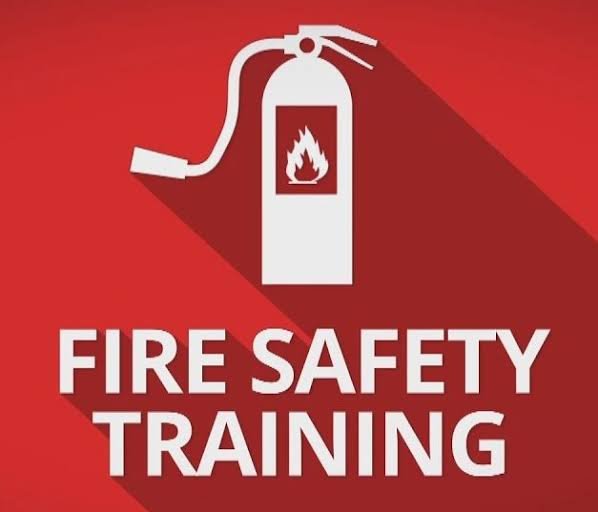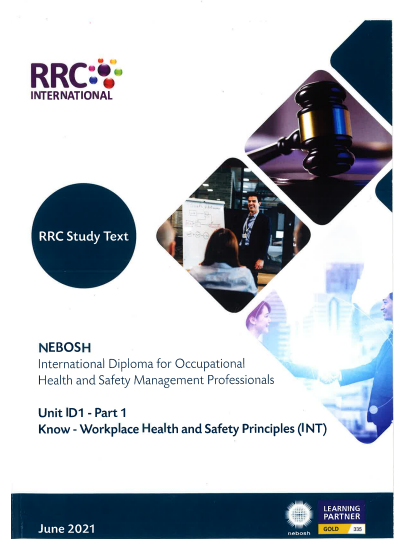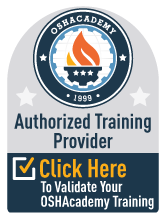Building Safer Workplaces and Communities
Corporate Social Responsibility (CSR) has evolved from a voluntary initiative into a global expectation for businesses. While CSR covers areas such as environmental protection, philanthropy, and ethical governance, safety is one of the most critical yet sometimes overlooked dimensions of CSR. Organizations that integrate safety into their CSR strategies not only comply with legal requirements but also demonstrate accountability to employees, contractors, customers, and society at large.
This blog explores in depth how CSR in safety contributes to sustainable business, enhances reputation, and protects human lives.
1. Understanding CSR in Safety
CSR in safety refers to the responsibility organizations take to ensure the well-being of their workforce and the communities they influence. It extends beyond basic compliance with occupational health and safety laws—it involves actively promoting a safety culture that aligns with social, ethical, and human values.
Examples of CSR in safety include:
- Implementing international safety standards (ISO 45001, NEBOSH best practices, OSHA guidelines).
- Providing employees with high-quality Personal Protective Equipment (PPE).
- Supporting community safety campaigns, such as road safety awareness.
- Investing in training programs for employees, contractors, and even external stakeholders.
2. Why CSR in Safety Matters
- Human Value Protection: Safety initiatives save lives and prevent injuries.
- Business Sustainability: Safe workplaces reduce accidents, compensation claims, and downtime.
- Reputation and Trust: Companies known for prioritizing safety attract talent, customers, and investors.
- Legal and Ethical Compliance: CSR in safety helps companies stay compliant with local and international laws.
- Community Development: Extending safety awareness outside the workplace strengthens social impact.
3. Key Elements of CSR in Safety
a) Workplace Safety Programs
- Regular risk assessments and hazard identification.
- Providing ergonomically designed workplaces.
- Emergency preparedness drills (fire, chemical spill, natural disasters).
b) Employee Training and Development
- Induction programs for new employees.
- Ongoing training on first aid, fire safety, and hazard communication.
- Leadership training to promote safety accountability at all levels.
c) Supply Chain and Contractor Safety
CSR in safety is not limited to internal employees—it also includes external stakeholders.
- Requiring contractors to meet safety standards.
- Auditing suppliers for safety compliance.
- Extending training to subcontractors.
d) Community Safety Initiatives
- Sponsoring local safety awareness programs (road safety, fire prevention).
- Partnering with schools and NGOs to educate about health and safety.
- Providing emergency relief in disaster-affected communities.
e) Transparency and Reporting
- Publishing annual CSR and safety reports.
- Highlighting workplace injury statistics, corrective actions, and improvements.
- Adopting global reporting frameworks like GRI (Global Reporting Initiative).
4. CSR in Safety and the Triple Bottom Line
CSR in safety aligns with the Triple Bottom Line (People, Planet, Profit):
- People: Prioritizing worker and community health.
- Planet: Promoting safe environmental practices (e.g., safe waste disposal, pollution control).
- Profit: Reducing accident costs and enhancing brand reputation.
This integration ensures that businesses not only remain profitable but also socially responsible and environmentally conscious.
5. Case Studies and Examples
- Shell and BP: Invest heavily in contractor training and community safety campaigns to reduce oil and gas hazards.
- Toyota: Implements “Zero Accident Vision” with ergonomic designs and advanced safety technologies.
- Construction Industry Leaders: Adopt CSR-based safety programs like Vision Zero, aiming for zero workplace accidents.
📊 Impact Curve: Companies that integrate CSR in safety see reduced lost-time incidents, higher employee morale, and long-term financial gains.
6. Challenges in CSR for Safety
- Cost Implications: Small organizations may struggle with investment in safety CSR programs.
- Cultural Barriers: Employees may resist change in safety behavior.
- Greenwashing Risk: Some companies showcase safety CSR initiatives only for publicity without real implementation.
7. Future of CSR in Safety
The future of CSR in safety will be shaped by:
- Technological Integration: Use of AI, IoT, and wearable devices for real-time monitoring.
- Global Standards Alignment: Adoption of ISO 45001 and UN Sustainable Development Goals (SDGs).
- Employee-Centered Initiatives: More focus on mental health, stress management, and psychosocial safety.
- Public Accountability: Increased demand for transparent safety reporting by stakeholders.
Conclusion
CSR in safety is not just a compliance requirement—it is a moral and strategic commitment. By prioritizing employee and community safety, organizations build trust, enhance reputation, and achieve sustainable growth. Companies that view safety as part of their CSR strategy position themselves as leaders in ethical business practices and set a positive example for society.
In today’s competitive world, safety is not a cost it is an investment in people, progress, and prosperity.
